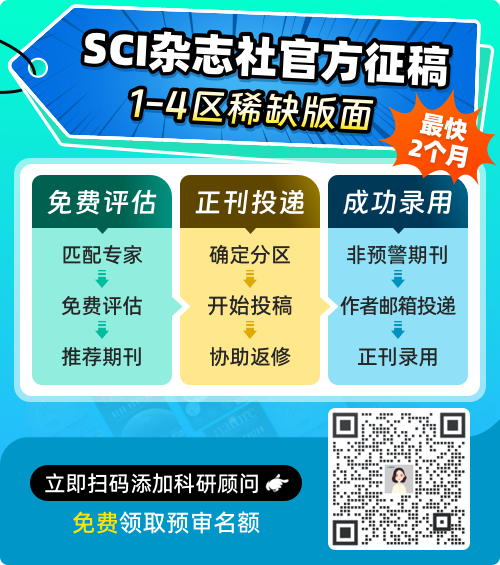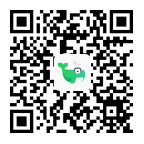Gender and Language 期刊简介

Research into the many possible relationships, intersections and tensions between language and gender is diverse. It crosses disciplinary boundaries, and, as a bare minimum, could be said to encompass work notionally housed within applied linguistics, linguistic anthropology, conversation analysis, cultural studies, feminist media studies, feminist psychology, gender studies, interactional sociolinguistics, linguistics, mediated stylistics, sociolinguistics and media studies. In methodological terms, there is no single approach that could be said to 'hold the field'. Discursive, poststructural, ethnomethodological, ethnographic, phenomenological, positivist and experimental approaches can all be seen in action during the study of language and gender, producing and reproducing what Susan Speer has described as 'different, and often competing, theoretical and political assumptions about the way discourse, ideology and gender identity should be conceived and understood'.[1] As a result, research in this area can perhaps most usefully be divided into three main areas of study: first, there is a broad and sustained interest in the varieties of speech associated with a particular gender; second, there is a related interested in the social norms and conventions that (re)produce gendered language use[2] (a variety of speech (or sociolect) associated with a particular gender is sometimes called a genderlect); and third, there are studies that focus on the contextually specific and locally situated ways in which gender is constructed and operationalized.[3] The study of gender and language in sociolinguistics and gender studies is often said to have begun with Robin Lakoff's 1975 book, Language and Woman's Place, as well as some earlier studies by Lakoff.[4] The study of language and gender has developed greatly since the 1970s. Prominent scholars include Deborah Tannen, Penelope Eckert, Janet Holmes, Mary Bucholtz, Kira Hall, Deborah Cameron, and others. The 1995 edited volume Gender Articulated: Language and the Socially Constructed Self[5] is often referred to as a central text on language and gender.
对语言和性别之间的许多可能的关系、交叉点和紧张关系的研究是多样的。它跨越学科界限,至少可以说,它涵盖了应用语言学、语言人类学、会话分析、文化研究、女权主义者媒体研究、女权主义者心理学、性别研究、互动社会语言学、语言学、中介文体学、社会语言学和媒体研究。 从方法论的角度来看,没有一种方法可以说是“掌握领域”。在语言和性别的研究过程中,讨论性、后结构、民族行为学、人种学、现象学、实证主义和实验性方法都可以在实践中看到,它们产生和复制了苏珊·斯皮尔所描述的“不同的、经常相互竞争的、关于话语方式、意识形态的理论和政治假设”。Gy和性别认同应该被构想和理解。【1】因此,这一领域的研究可能最有用地分为三个主要研究领域:第一,对与特定性别相关的各种言语有广泛和持续的兴趣;第二,对社会规范和习俗有相关的兴趣。产生性别语言使用的神经系统[2](与特定性别相关的多种语言(或社会选择),有时称为性别选择);第三,有研究侧重于特定语境和当地的性别构建和操作方式。 社会语言学和性别研究中的性别和语言的研究通常始于罗宾·拉科夫1975年出版的《语言和女人的地位》一书,以及拉科夫早期的一些研究[4]语言和性别研究自20世纪70年代以来得到了很大发展。著名学者包括黛博拉·坦南、佩内洛普·埃克特、珍妮特·霍尔姆斯。Mary Bucholtz、Kira Hall、Deborah Cameron等。1995年出版的《性别宣言:语言和社会建构的自我》一书经常被称为语言和性别的中心文本。
|
期刊ISSN
|
1747-6321 |
|
影响指数
|
0.966 |
|
最新CiteScore值
|
0.00 查看CiteScore评价数据 |
|
最新自引率
|
42.50% |
|
官方指定润色网址
|
https://www.deeredit.com/?type=ss1 |
|
投稿语言要求
|
Improve the quality of the paper, eliminate grammar and spelling errors, increase readability, ensure accurate communication of viewpoints, enhance academic reputation, and increase the chances of the paper being accepted. 建议点击这个网址:https://www.deeredit.com/?type=ss2,资深审稿专家为您评估稿件质量,提供针对性改进建议,最终可助您极大提升目标期刊录用率 |
|
期刊官方网址
hot |
https://www.peipusci.com/?type=9 |
|
杂志社征稿网址
hot |
https://www.peipusci.com/?type=10 |
|
通讯地址
|
|
|
偏重的研究方向(学科)
|
Multiple- |
|
出版周期
|
|
|
出版年份
|
0 |
|
出版国家/地区
|
|
|
是否OA
|
0 |
|
SCI期刊coverage
|
Science Citation Index Expanded(科学引文索引扩展) |
|
NCBI查询
|
PubMed Central (PMC)链接 全文检索(pubmed central) |
|
最新中科院JCR分区
|
大类(学科)
小类(学科)
综述期刊
人文科学
LINGUISTICS (语言学)4区
WOMENS STUDIES (女性研究)4区
否
|
|||||
|
最新的影响因子
|
0.966 | |||||
| 最新公布的期刊年发文量 |
|
|||||
| 总被引频次 | 0 | |||||
| 影响因子趋势图 |
近年的影响因子趋势图(整体平稳趋势)
|
|||||
2022年预警名单预测最新

|
最新CiteScore值
|
0.00
|
||
| 年文章数 | 15 | ||
|
SJR
|
|||
|
SNIP
|
|||
| CiteScore趋势图 |
CiteScore趋势图
|
||
|
本刊同领域相关期刊
|
|
| 期刊名称 | IF值 |
| JOURNAL OF WOMENS HEALTH | 2.654 |
| Feminist Media Studies | 2.893 |
| Differences-A Journal of Feminist Cultural Studies | 0.46 |
| FEMINIST ECONOMICS | 1.782 |
| RADICAL PHILOSOPHY | 1.932 |
| International Journal of Feminist Approaches To Bioethics | 0.47 |
| Gender Place and Culture | 2.012 |
| JOURNAL OF WOMEN & AGING | 1.949 |
| JOURNAL OF WOMENS HISTORY | 0.369 |
|
本刊同分区等级的相关期刊
|
|
| 期刊名称 | IF值 |
| JOURNAL OF WOMENS HEALTH | 2.654 |
| International Journal of Feminist Approaches To Bioethics | 0.47 |
| JOURNAL OF WOMENS HISTORY | 0.369 |
| Gender and Language | 0.966 |
| WOMEN & THERAPY | 1.111 |
| Travail Genre et Societes | 0.207 |
| FEMINIST STUDIES | 0.601 |
| Indian Journal of Gender Studies | 0.338 |
| Journal of Middle East Womens Studies | 0.58 |
| 分享者 | 点评内容 |





